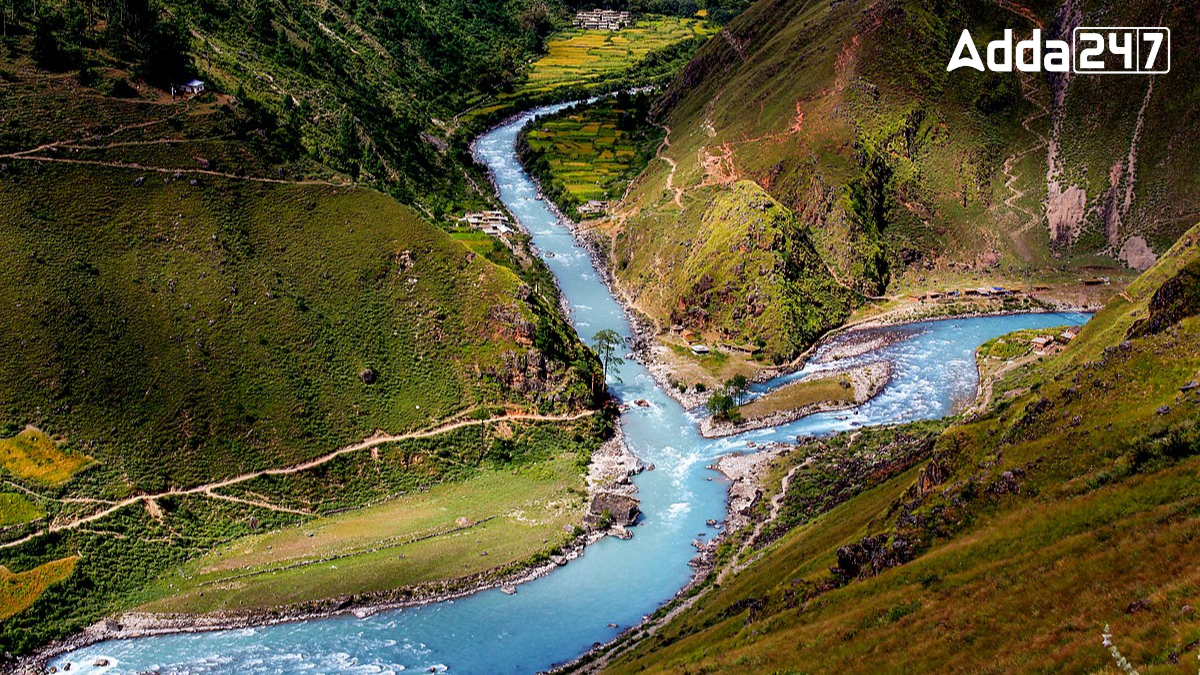Nepal, one of India’s significant neighboring countries, shares a rich history of economic, political, and social ties with India. Among the many aspects of this relationship, one notable feature is the natural boundary formed by rivers originating in Nepal and flowing into India. This article explores the rivers that flow between India and Nepal and identifies the river that marks the international border between the two countries.
Neighboring Countries of India
India shares its borders with several countries, including Bangladesh, China, Pakistan, Nepal, Myanmar, Bhutan, and Afghanistan. The longest border is with Bangladesh, stretching 4,096 kilometers, followed by China and Pakistan.
Major Rivers Originating from Nepal
Nepal, known for its mountainous terrain, is the origin of several significant rivers. These rivers traverse through the valleys of Nepal and enter India, eventually merging with major Indian rivers and flowing into the Bay of Bengal. The major rivers flowing from Nepal into India include:
- Koshi or Saptakoshi
- Gandak or Narayani
- Mechi
- Ghaghara
- Kali or Mahakali
- Bagmati
The Border -Forming River Between Nepal and India
The Mahakali River, also known as the Kali River, forms the international boundary between India and Nepal. It is a vital geographic feature that has historical and political significance.
Origin of the Mahakali River
The Mahakali River originates near the Lipulekh Pass, located at the border of India and Tibet. This river flows through the rugged terrain of the Himalayas and descends into the plains, forming a natural border between the two countries.
Historical Significance of Mahakali River
The Mahakali River’s role as a boundary is formalized in the Treaty of Sugauli, signed in 1816 between the British East India Company and the Kingdom of Nepal. According to this treaty, the river serves as the international border between India and Nepal.




 Which Indian City is Known as the Footwe...
Which Indian City is Known as the Footwe...
 Which Desert is known as the Cold Desert...
Which Desert is known as the Cold Desert...
 Top-10 News Media Companies in the World...
Top-10 News Media Companies in the World...







